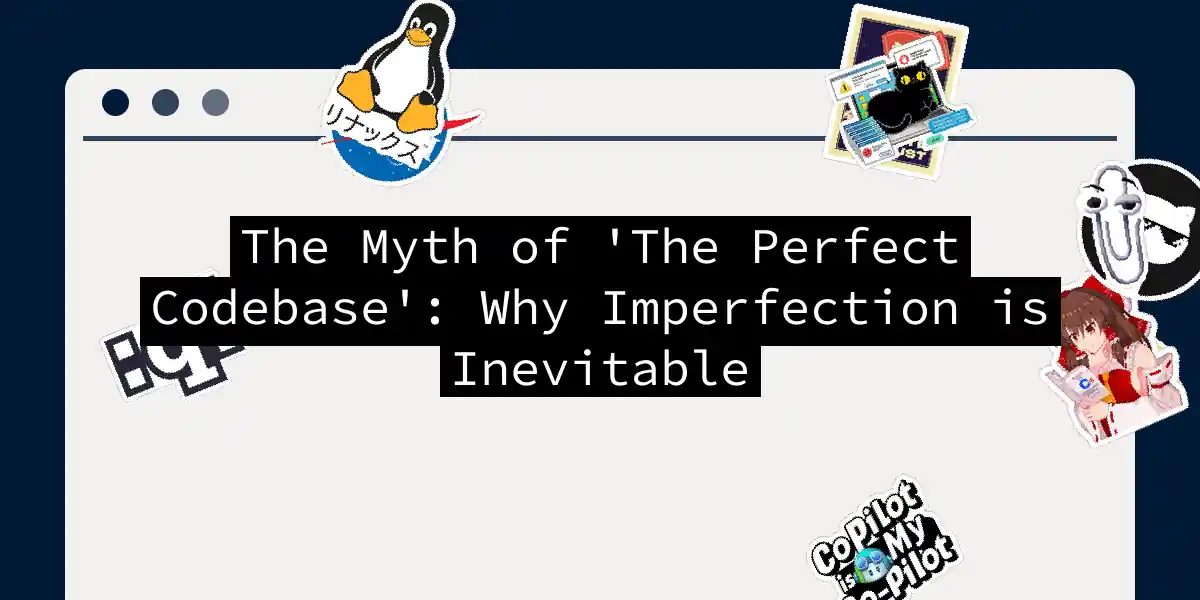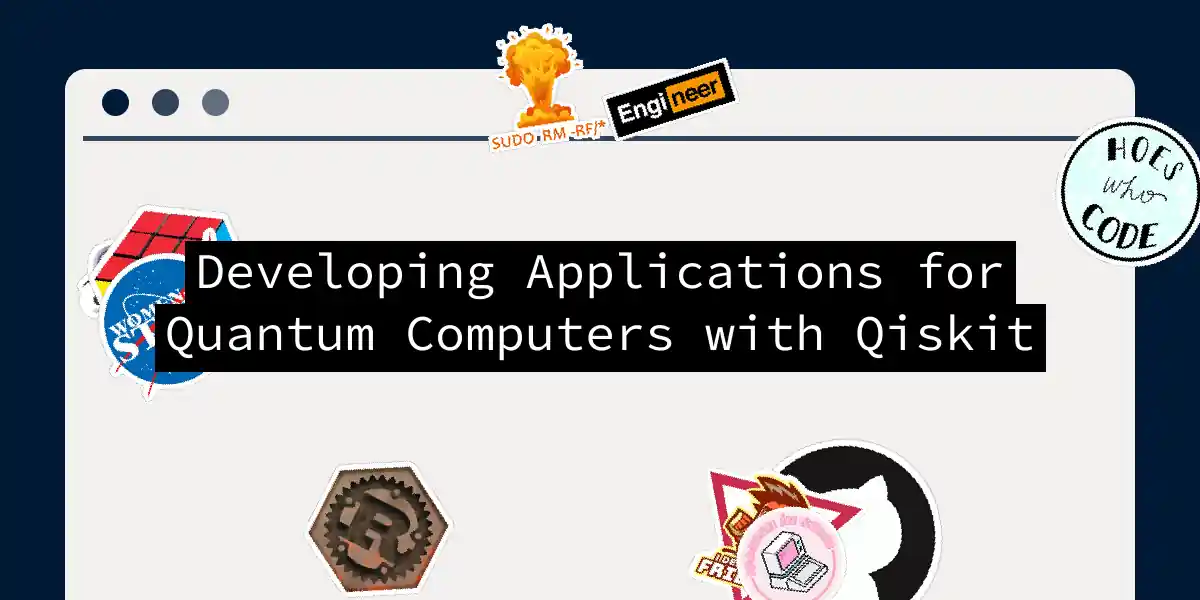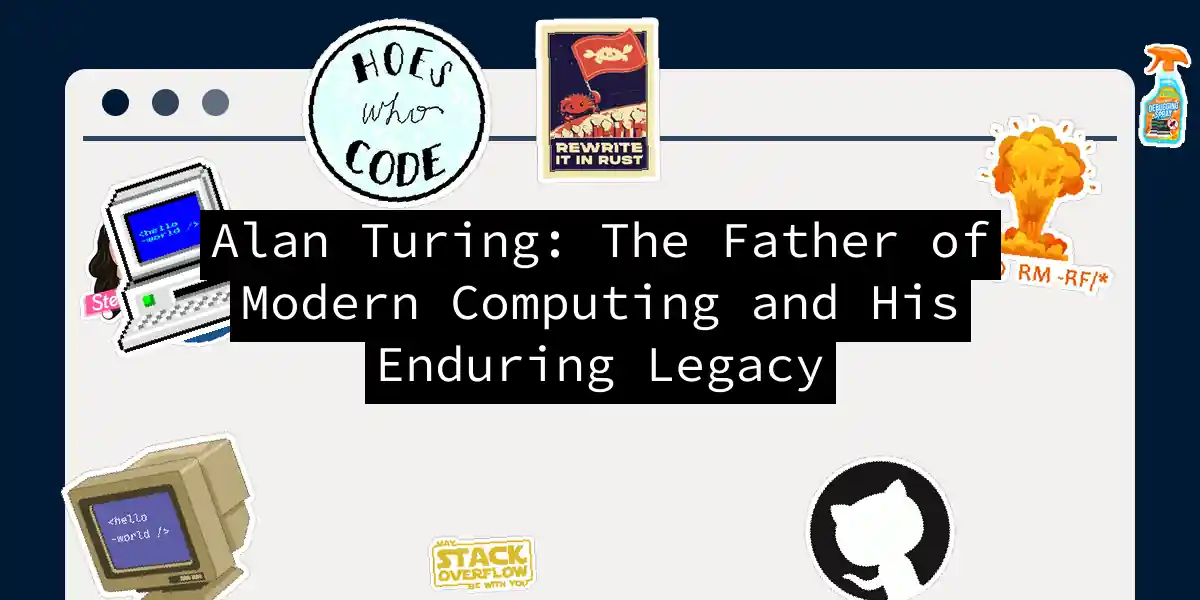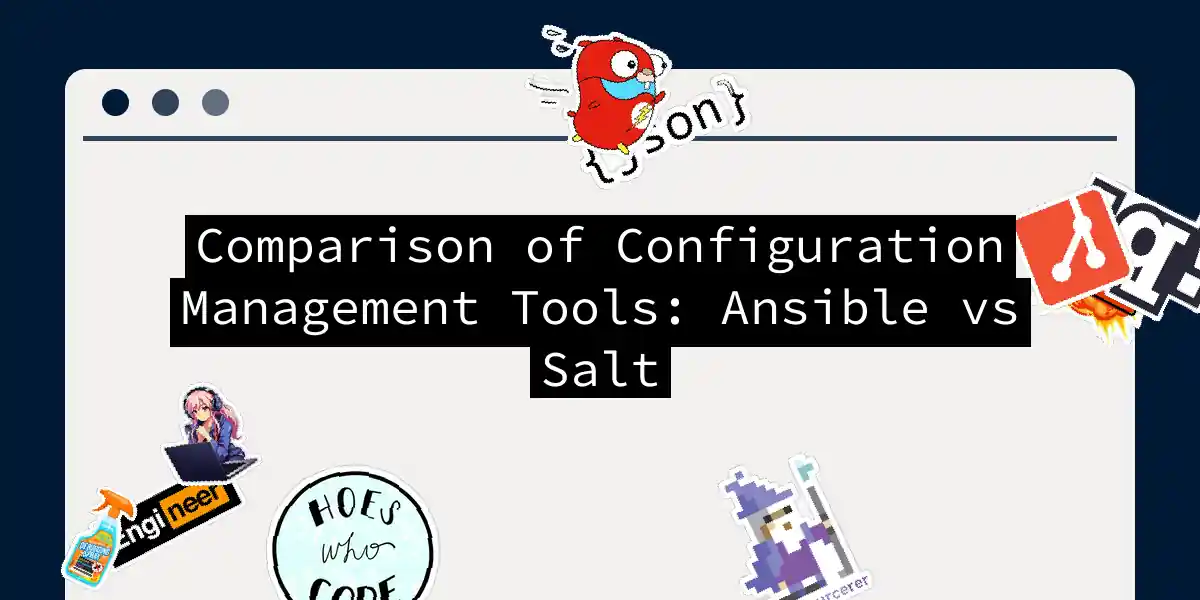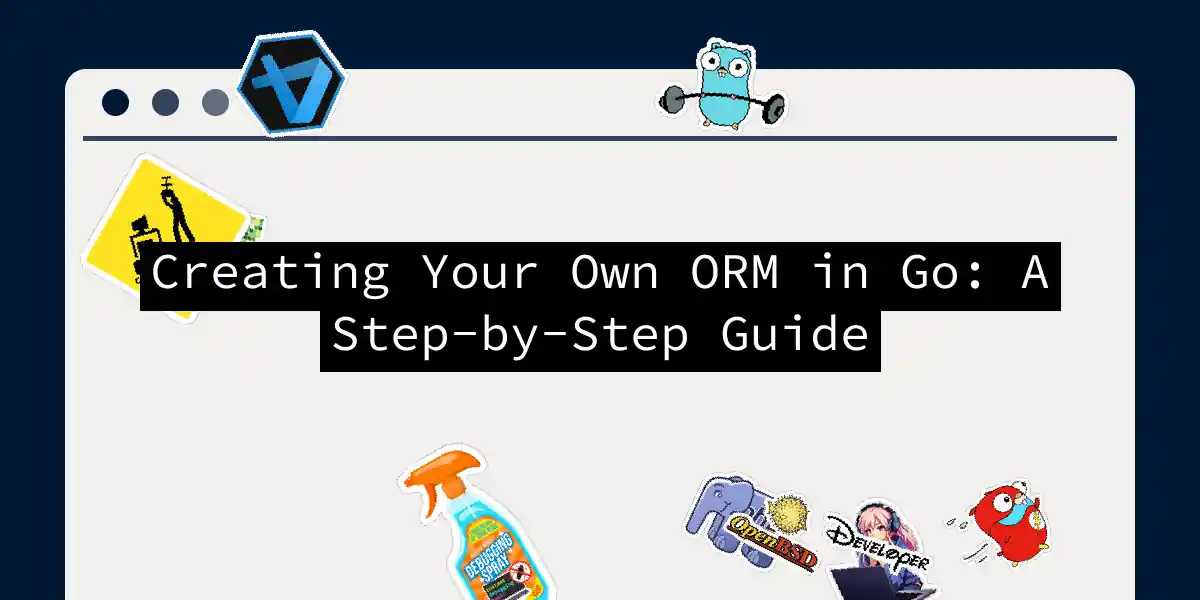
Creating Your Own ORM in Go: A Step-by-Step Guide
Introduction to ORMs When working with databases in any programming language, you often find yourself juggling between the world of objects and the realm of relational databases. This is where Object-Relational Mappers (ORMs) come into play. ORMs act as a bridge between your application’s object-oriented code and the relational database, making it easier to manage data without the hassle of writing raw SQL queries. In this article, we’ll delve into the process of creating a custom ORM in Go....
